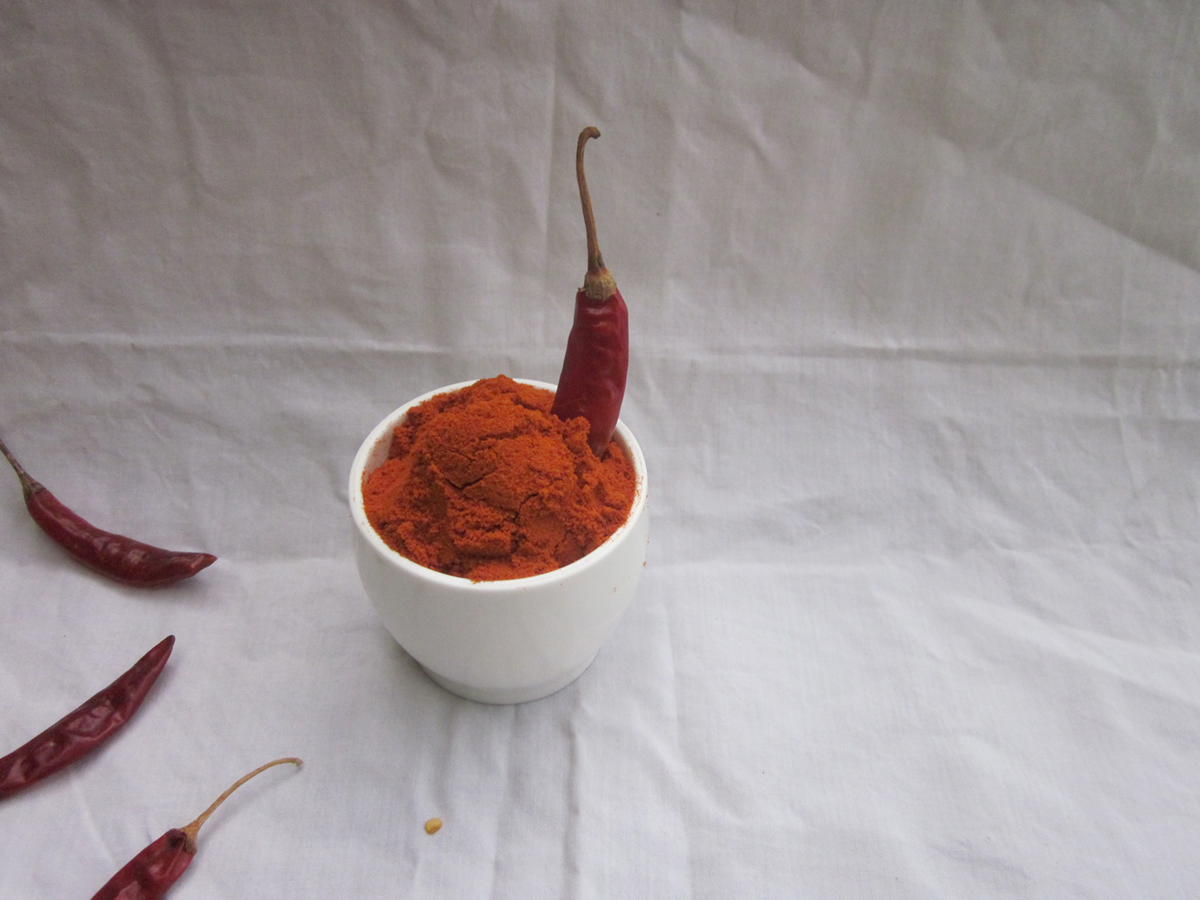
Using too much sodium is definitely not good for your health. Scientists have discovered that excess sodium can cause hypertension and some other unwanted medical consequences. Even acute sodium overdose is bad, for it may lead to cracked, bleeding lips and nausea. Depending on how much sodium you took, you might even be facing fatal consequences.
The amount of sodium needed for a normal adult person is about 1500 and 2400mg per day. People suffering from liver, kidney or heart problems are advised to take less than 2000mg of sodium every day, which is roughly about one teaspoon. Anything more than a teaspoon of sodium is considered too much. You should be aware that fast food usually contains high amounts of sodium, and just the KFC chicken pot pie contains more than 2100mg. More than 75% of the sodium in our organism comes from pre-packed food and just 25% is what we actually use from a salt shaker.
What’s good about Low Sodium Diet?
Restrictive sodium diet has been proved helpful for people suffering from chronic liver disease, chronic renal failure or congestive heart failure. These patients usually experience edema and sodium retention, so the cut from excess sodium gives good result and decrease the severity of theirsymptoms.
Heart disease patients may also benefit from this diet. If you stop using the food rich in sodium it will certainly be noticeable on your urinary output. Doctors often recommend this type of diet to their heart patients, in order to stop the heart disease or to prevent this disease in patients with the high risk for heart conditions.
Low Sodium Diet Rules
You must be able to control the amount of sodium in your diet. Don’t use more than a teaspoon for a whole day, including every snack you had. So, read the labels on the food you eat. By doing so while shopping, you will know how much sodium there is in the food. Avoid processed food and choose fresh meat products and freshwater fish instead of the frozen or canned soups or dinners. If you must use processed food, dilute the content so that you end up with less sodium on your plate.
Helpful tip is to take the salt shaker away from the table. Use garlic or chili powder, rosemary, pepper or some other spices you prefer and you will use up to 30% less salt (and sodium).
Drink fresh water but avoid ‘softened” water, because it may contain sodium, which you don’t need. Avoid fast food restaurant’s shakes and other drinks, because they are too rich in sodium.
Use fresh fruits and vegetables. Opt for high fiber food, including pasta, cereals, whole food grains, rice, legumes and bran.
Some medications also contain certain amount of sodium. If you are using any medications, consult your doctor if there are some sodium free or low sodium drugs for your medical condition.


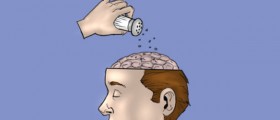
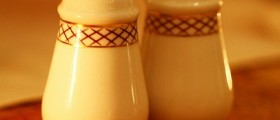
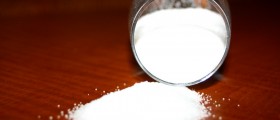
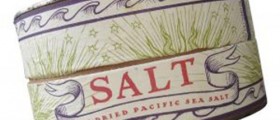
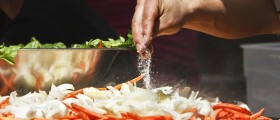
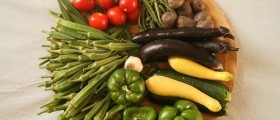
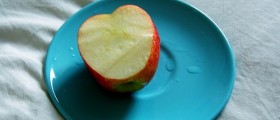
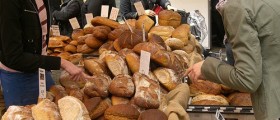
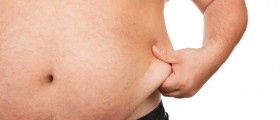
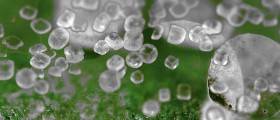
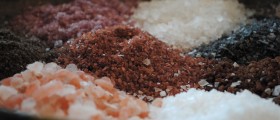

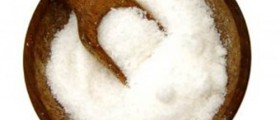
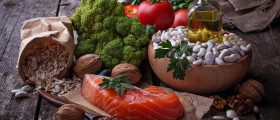
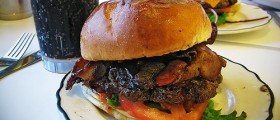
Your thoughts on this
Loading...